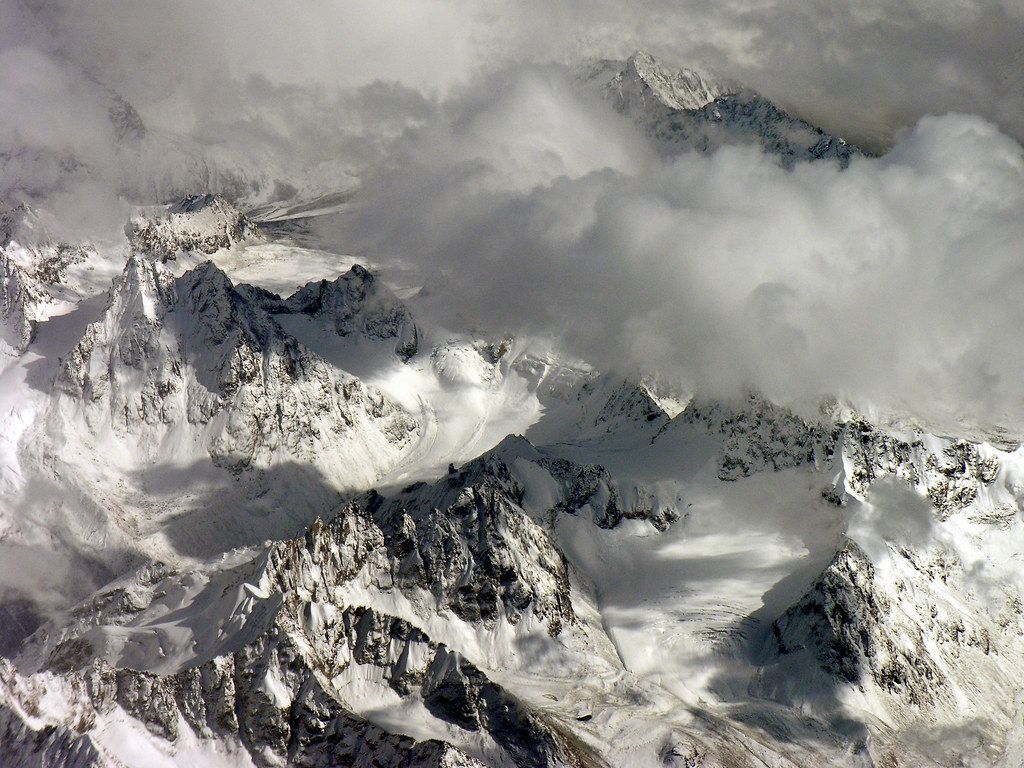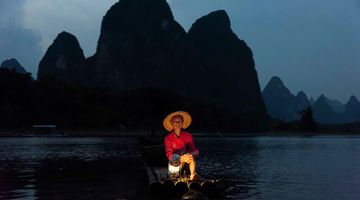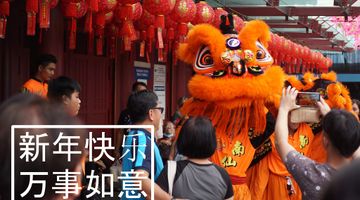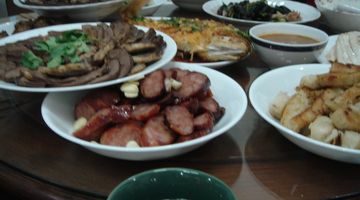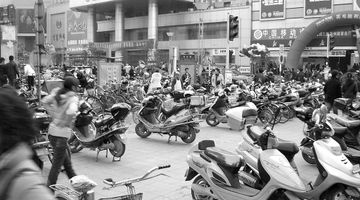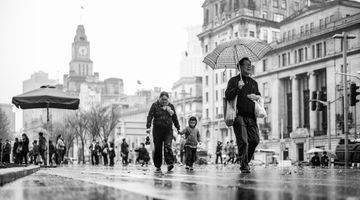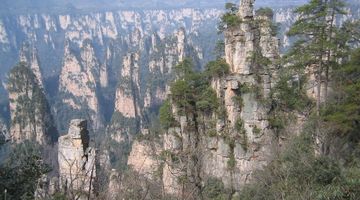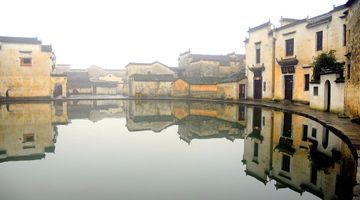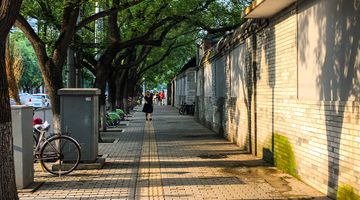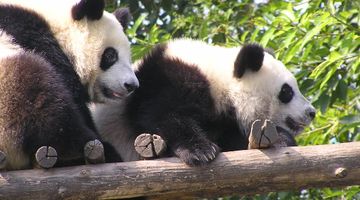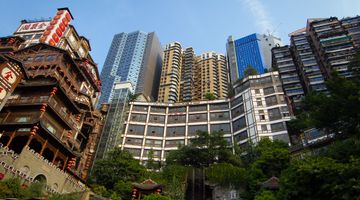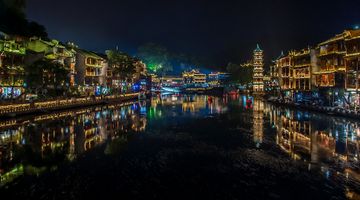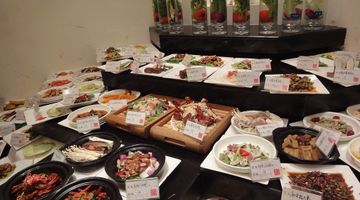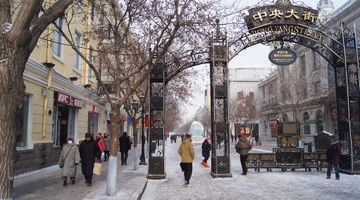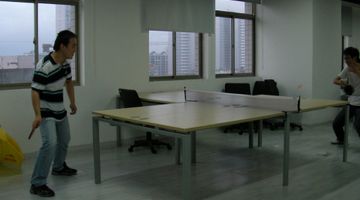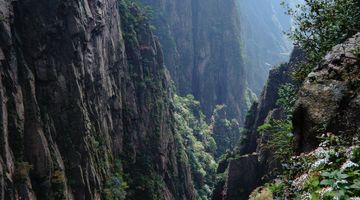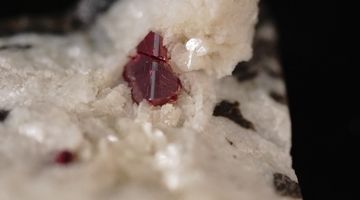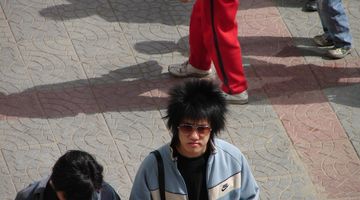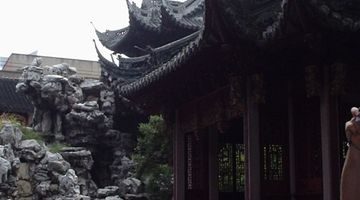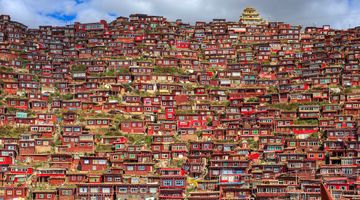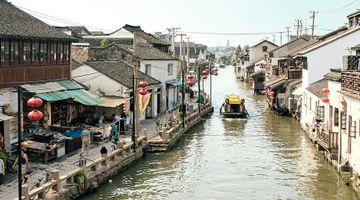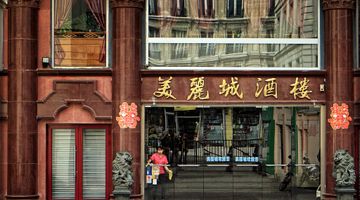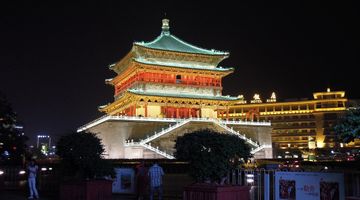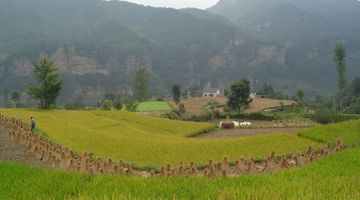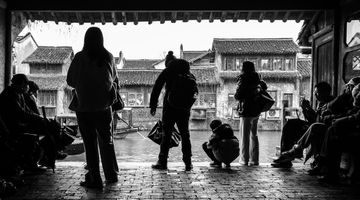Beijing China – Top-10 Most Authentic Activities to Do
If you are looking for a holiday or vacation full of activities and interesting places to visit then taking one of many tours in Beijing is the ideal choice for you. Read on to find out about the ten best tourist activities for you in Beijing.
1. Visit to a Hutong Tea House
The hutongs in central Beijing are the narrow alleyways that house the traditional courtyard homes, many of these homes have opened as small businesses and visiting a tea house for a tasting and possibly buy some tea is a great way to spend an afternoon or evening.
2. Cooking Classes
There are several cultural cooking courses available to learn traditional Chinese cooking, some are in purpose built cooking schools and a week long course can cost you over CNY2000, or if you prefer just one or two classes in a more relaxed atmosphere try some lessons in a private home with a chef and interpreter if needed from CNY100-250 per class.
3. Hiking in the Mountains
Take a Hike is a company operated by the Beijing Hikers that have two trips every weekend and occasional mid week trips to the mountains surrounding Beijing. They sometimes go to the areas of the Beijing wall that are off the beaten track and so away from tourists. They will meet you at the Liangmaqiao subway station on line 10 and have English speaking guides and the costs cover transportation to and from your hike. A full day hiking costs between CNY300-400.
4. Guijie Street
This street began life during the Qing dynasty (1644-1911) with vendors selling their products from midnight until dawn. The dim light from their oil lamps led to the name of Ghost Street. By the 1980’s the night traders had all gone but in their place is one of the finest selections of street food available in Beijing. The street now has no eerie lighting and is packed with locals and tourists sitting at outdoor tables enjoying snacks and full meals. It is close to many embassies so the international flavours of this area add to that balance. Many of the restaurants are open 24 hours a day and with very reasonable prices with meals costing on average CNY50-100 per person.
You can reach this street on subway lines 2, 5 and 13 and if you are late going home there are 2 night buses that operate here, night buses 6 and 10.
5. Sanlitun Bar Street
This famous bar street is for many one of the highlights of their visit to Beijing. It is the first bar community in the city. Sanlitun Bar Street is 260 metres long and has over 60% of Beijing’s bars. It is close to almost 80 foreign embassies and gets several foreign visitors every day. Some of the 80+ bars along this street open in the afternoon until the early morning; others are open around the clock. During major sports events extra seating will be provided outdoors along with large screens, some bars have live music, dancing or other forms of entertainment. Expect to pay CNY20-30 for a beer.
Subway line 10 is the closest to the street, Tuanjiehu exit A, then it is about a ten minute walk. Night bus 34 goes to Sanlitun Street.
6. Shijingshan Amusement Park
This amusement park is located way out on the fifth ring road to the west of the city and 15 km from Tiananmen Square. It is Beijing’s oldest amusement park with four themes; East, West, Adventure World and Fantasy World. The rides include Canyon Rafting, Hurricane, Jones Adventure and Monster House. To get to this amusement park you can take subway line 1 to Bajiao Youleyuan, leave by exit and walk westwards. You will then enter the park by the south gate. Several bus routes go to this park, and some stop at each of the four gates. The admission fee is CNY10; you then have to pay for each ride, between CNY10-60. With almost 50 rides in the park it could become a very expensive day out.
It is open from 9am until 5 or 6pm. From mid July until the end of August the park is also open from 6pm until 10.30pm with 16 rides in operation and that ticket is CNY80, a much better deal in my opinion.
7. Silk Street
The Silk Street Market in Chaoyang district of Beijing is a wonderful place to go for shopping bargains, but to get those bargains you must be prepared to haggle over the price. It used to be an outdoor market but is now in a purpose built building. It has over 1000 retailers vying for your trade, go there with limits on how much you want to spend in your mind and do not go over those limits. In addition to bargains you can also buy some fine silks (from what the original market became famous for) or have suits tailor made.
If you want to enjoy your shopping experience and join in with the bartering then go to the first and second floors. The vendor will make you an offer, it will be ridiculously high. You should offer 10 or 20% of his or her price, do not listen to the tales of woe, it is all part of the game. Lots of the traders speak very good English so communicating is not a problem. The trader will give a second offer, you should counter that and you either get to an agreed price or walk away. When you walk away they may follow you and then give a price that is better for you, this is a tactic I use when shopping in markets, and sometimes it works, sometimes not. You should be aware that most of the goods here are counterfeit, do not buy at the first stall you see, walk around and check the starting price of similar items. Beware of buying electrical goods there; many of them are poor quality.
Several bus routes pass by the silk street market, you should get off at the Yonganli stop. Subway line 1 and the stop is the same as for the buses. The market is open daily from 9.30am until 9pm.
8. Cycling in Beijing
Beijing is a great place for cycling the city is flat so no hills to pedal your way up and there are lots of quiet streets away from traffic. The busier roads all have separate cycle lanes so you are away from the traffic. Cycling is a great way of getting around some of the many parks in Beijing. Lots of hotels and hostels have bikes to rent to guests, some are even free. If they do not have any available they can usually provide you with a bike the same day. There are several bike share schemes across the city but to open the lock you need to download the correct app and usually this app requires a Chinese bank account. Again your hotel might be able to help you.
9. Longqing Gorge
Longqing Gorge is located 85km from Beijing in Yanqing County. It is famous for the picturesque beauty of its steep sided gorge and the clear water of the river. When you arrive you will first be amazed at the sight of the dam and how to get to the top. There is an elevator inside the dam to take you to the top.
You can spend your time here walking among the mountain paths with each turn offering a new view or take a cruise along the river. There are several must see attractions here including Solitary Beauty Peak, a rock 70m high completely surrounded by rushing water. You can also try bungee jumping or taking a cable ride across the river, both exhilarating experiences. In the winter the ice lantern show is one of the highlights of a visit with the spectacular ice formations on the wall of the dam. You need to take the 919 bus to Guishui Beijie Nan station, then bus 875 to Longqingxia station, then a shuttle bus for the short trip to the entrance.
From April until November it is open from 7.30am until 4.30pm, from January 15 until the end of February it is open from 9am until 10pm for the Ice Lantern Festival.
The entrance ticket for all areas costs CNY150, although the bungee jumping costs an additional CNY150, and the slide-cableway CNY20. Tickets for the Ice Festival cost CNY100.
10. Guyaju Caves
The Guyaju Caves are located in a secluded gorge in Yanqing County and are famous because of the Ancient Cliff Dwellings. The cliff dwellings are the largest site anywhere in China of an ancient cliffside community. On each side of the steep sided gorge there are more than 100 rooms chiseled out of the rock. It is uncertain who created this spectacle and theories differ as to their time of creation being 907-960AD or from 202BC-220AD. While the origins remain a mystery there are theories that it would have taken a team of 100 men working continuously for 5 years to complete the task.
To get to the site of these caves 80km from Beijing take the 919 bus to Yanging Dongguan station then bus Y40 to Guyaju station. The entry fee costs CNY55, from May until October it is open from 7.30am until 6pm, the rest of the year it opens from 8am until 5pm.
Conclusion
The best time to visit Beijing is in the late spring (May or June) or early autumn (fall) (September or October) when the weather is at its most favourable. The summer is too hot, humid and too much rain. Plan your visit away from any Chinese holidays and you are sure to enjoy your time in this city.

